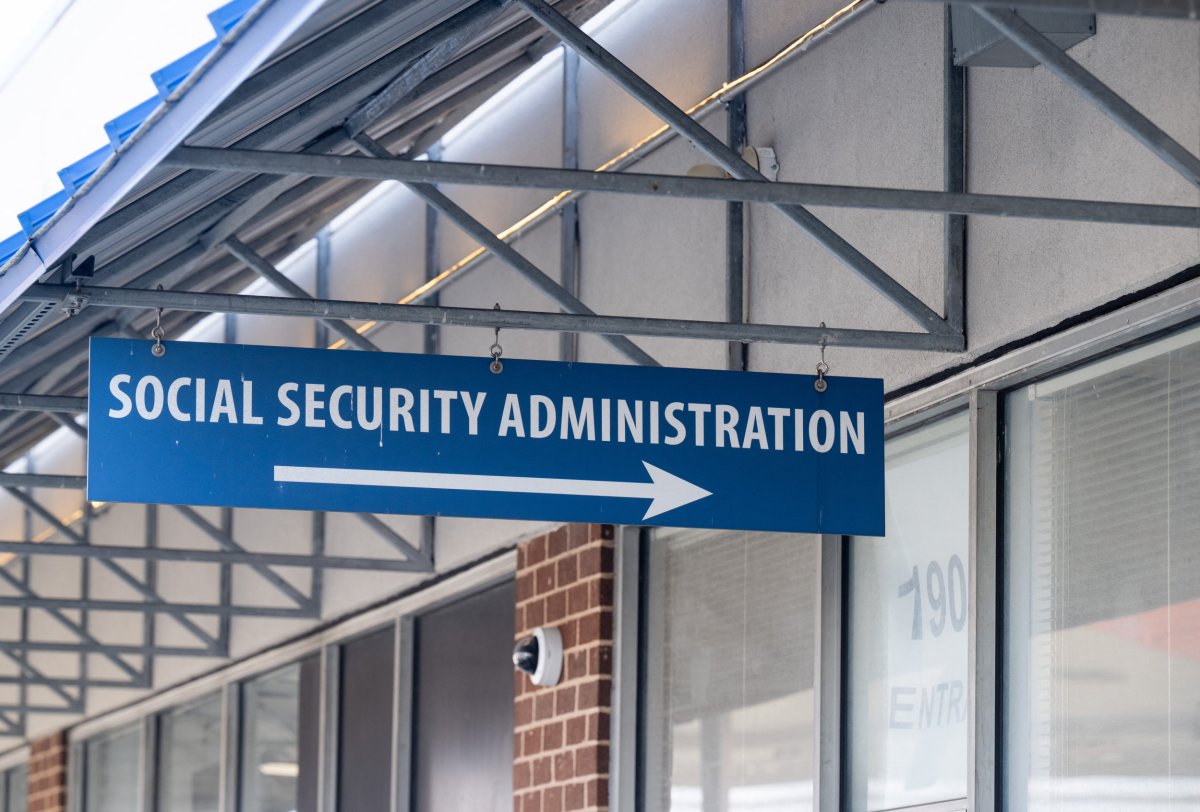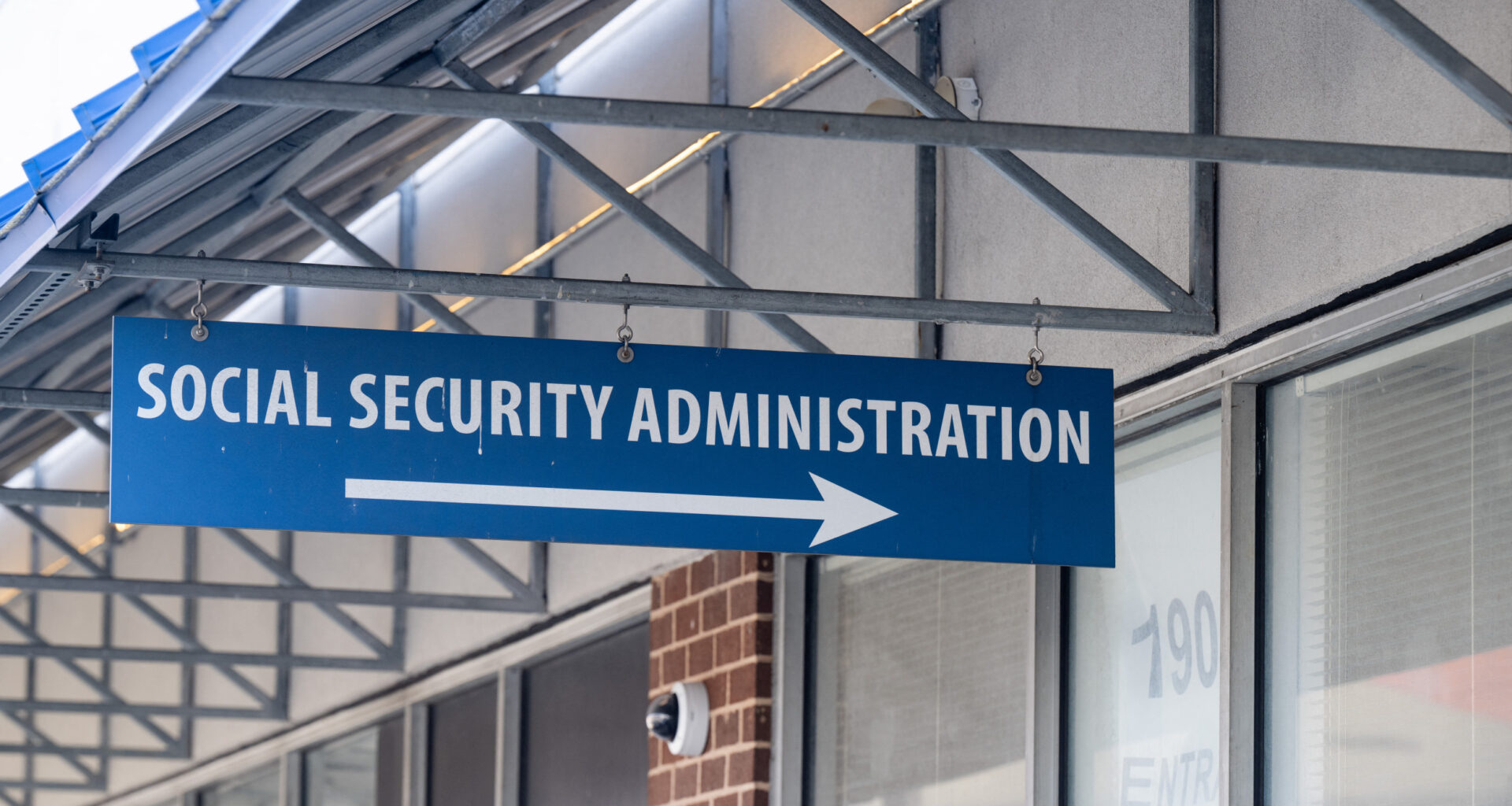The proportion of Americans choosing to remain in the workforce past traditional retirement age has reached record highs, with more individuals in their 60s, 70s, and even 80s working by choice or necessity.
A new report from Asset Preservation Wealth & Tax found that as many as 51 percent of retirement-age adults now expect to work indefinitely, reflecting both economic realities and evolving perspectives on retirement.
The number of Americans aged 65 and older in the workforce surged by more than 33 percent from 2015 to 2024, according to CNBC, while the overall labor force grew by less than 9 percent during the same period.
Why It Matters
This marked increase in older Americans remaining employed signals profound shifts in the nation’s approach to retirement. The trend is shaped by longer life expectancies, a move away from guaranteed pensions toward self-funded retirement accounts like 401(k)s, changes in Social Security policy, and persistent concerns regarding retirement readiness.
Economic inequality and stagnating wages have also exacerbated disparities among retirees, with millions lacking the savings required for a comfortable retirement.

A Social Security Administration (SSA) office in Washington, D.C, March 26, 2025.
A Social Security Administration (SSA) office in Washington, D.C, March 26, 2025.
SAUL LOEB/AFP via Getty Images
What To Know
While the majority, 51 percent, of retirement age Americans now say they will be working indefinitely, the average American is still said to retire at 62 years old, according to a 2024 MassMutual study.
The demographic changes reflect both the baby boomer generation reaching retirement age and broad shifts in health, education, and workplace culture.
According to Peterson-KFF, the average U.S. life expectancy at birth is now 78.4 years. That’s up early 5 years from only a few decades ago, and the number of Americans living to at least 100 years old has also risen in recent years.
While some seniors are working by necessity, due to insufficient retirement savings, others are choosing to remain employed for personal fulfillment, mental stimulation or social engagement.
Roughly two-thirds of seniors in the workforce work in order to cover essential costs that Social Security and savings do not meet, while others pursue work they find enjoyable or flexible, CNBC reported.
Widespread changes in retirement policy have also influenced this trend. The transition from traditional employer-funded pensions to self-managed retirement accounts places greater responsibility on individuals.
“The average 401(k) balance for 65- to 74-year-olds is barely six figures, yet the median retired homeowner now spends over $70,000 a year,” Lily Vittayarukskul, the CEO and co-founder of the long-term care predictor platform Waterlily, told Newsweek.
“Pair that gap with a 20-plus-year retirement horizon and it’s no surprise that more than one in five people 65 and older are still in the labor force, up from roughly 12 percent 30 years ago.”
The Asset Preservation Wealth & Tax survey found almost half survey respondents (48 percent) said they continue working past retirement age due to financial necessity.
“Certain costs, like health care, have become so elevated that many seniors realize they are not going to be able to make it in retirement without some type of supplementary income,” Alex Beene, a financial literacy instructor for the University of Tennessee at Martin, told Newsweek. “Given those worries, they’re not rushing out the door like prior generations of retirees have.”
Adjustments to Social Security, which raised the full retirement age from 65 to 67 for many Americans, also encourage later workforce participation.
Only 34 percent of surveyed respondents said they felt financially prepared for retirement, while 32 percent said they do not feel prepared at all.
Employers are also contributing to the trend, having increasingly embraced flexible work options and tailored benefits to attract older workers.
What People Are Saying
Alex Beene, a financial literacy instructor for the University of Tennessee at Martin, told Newsweek: “For the past decade, we’ve heard continuous concerns over the “graying workforce” of Baby Boomers that are nearing retirement, and the need for businesses to step up and start finding their replacements as those days near. However, with inflationary pressures continuing to hit the American consumer hard, many potential retirees are reconsidering the decision.”
Lily Vittayarukskul, the CEO and co-founder of the long-term care predictor platform Waterlily, told Newsweek: “It signals that retirement is shifting from a hard stop to more of a glide path. Inflation and housing costs have eroded purchasing power, so working longer is a hedge against volatility. But it’s also cultural: today’s 67-year-old is often healthier, more educated and tech-savvy than the same cohort a generation ago, and many want purpose as much as a paycheck.”
What Happens Next
Ongoing debates in Washington and among industry experts may influence retirement policy, especially around Social Security reform and workplace standards for older employees.
Companies and policymakers may continue to expand flexible work arrangements and supportive benefits to attract and retain talent from this age group.
“A larger pool of experienced workers can ease labor shortages in health care, education and the skilled trades, supporting GDP growth even as the population ages,” Vittayarukskul said.”Delayed benefit claims modestly shore up Social Security’s finances, but they also postpone generational turnover inside companies, which could slow promotion paths for younger employees.”

